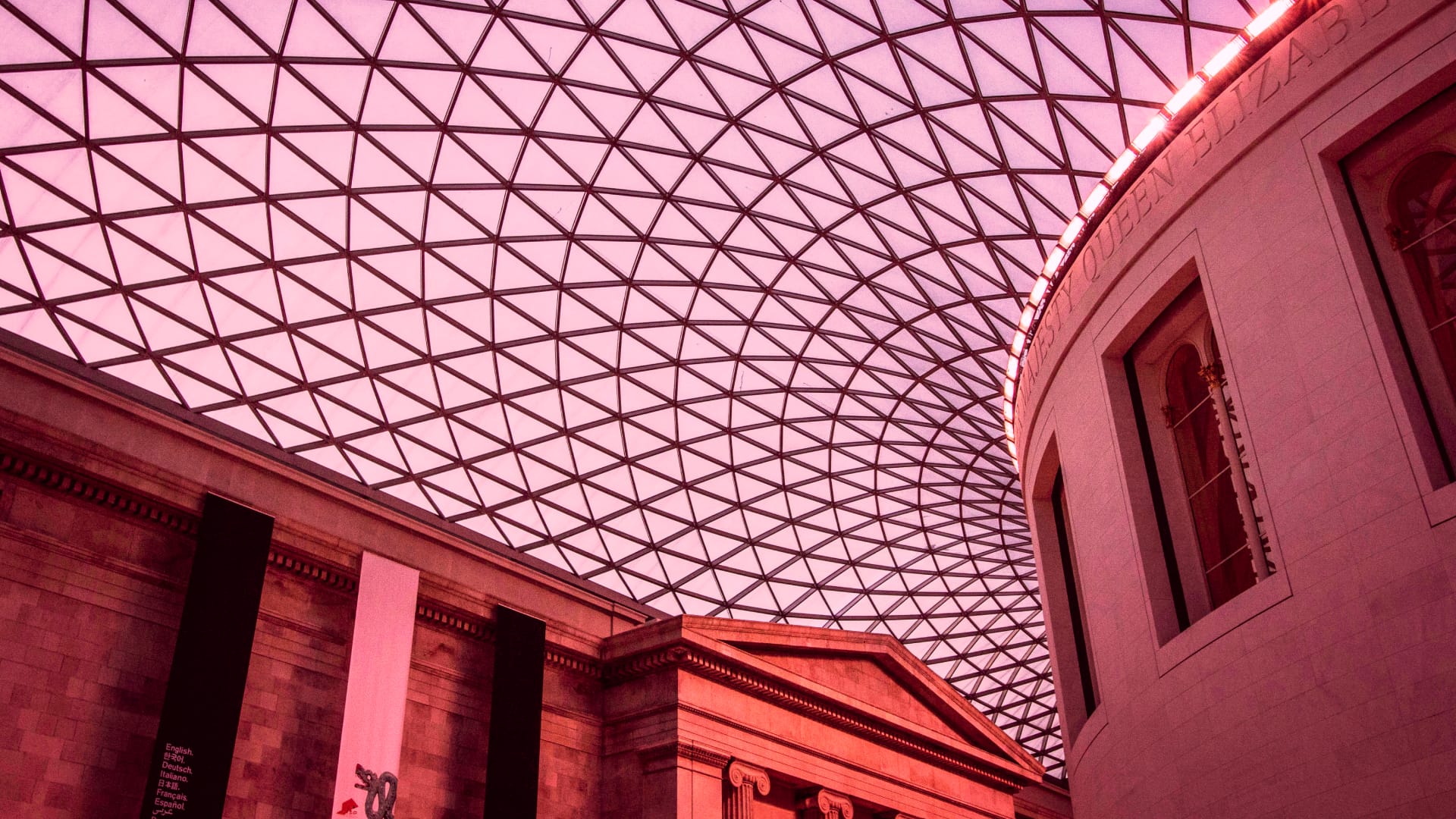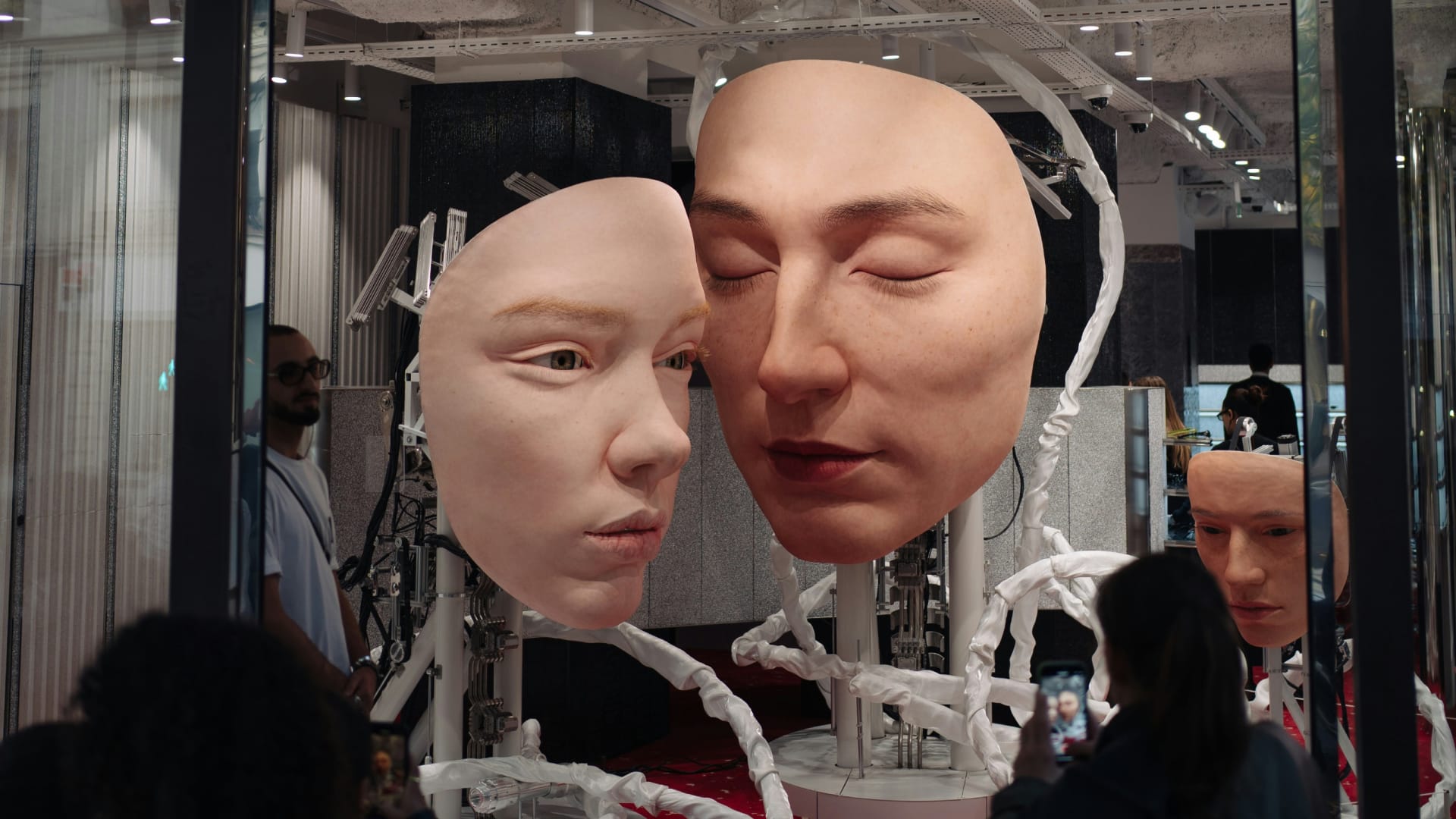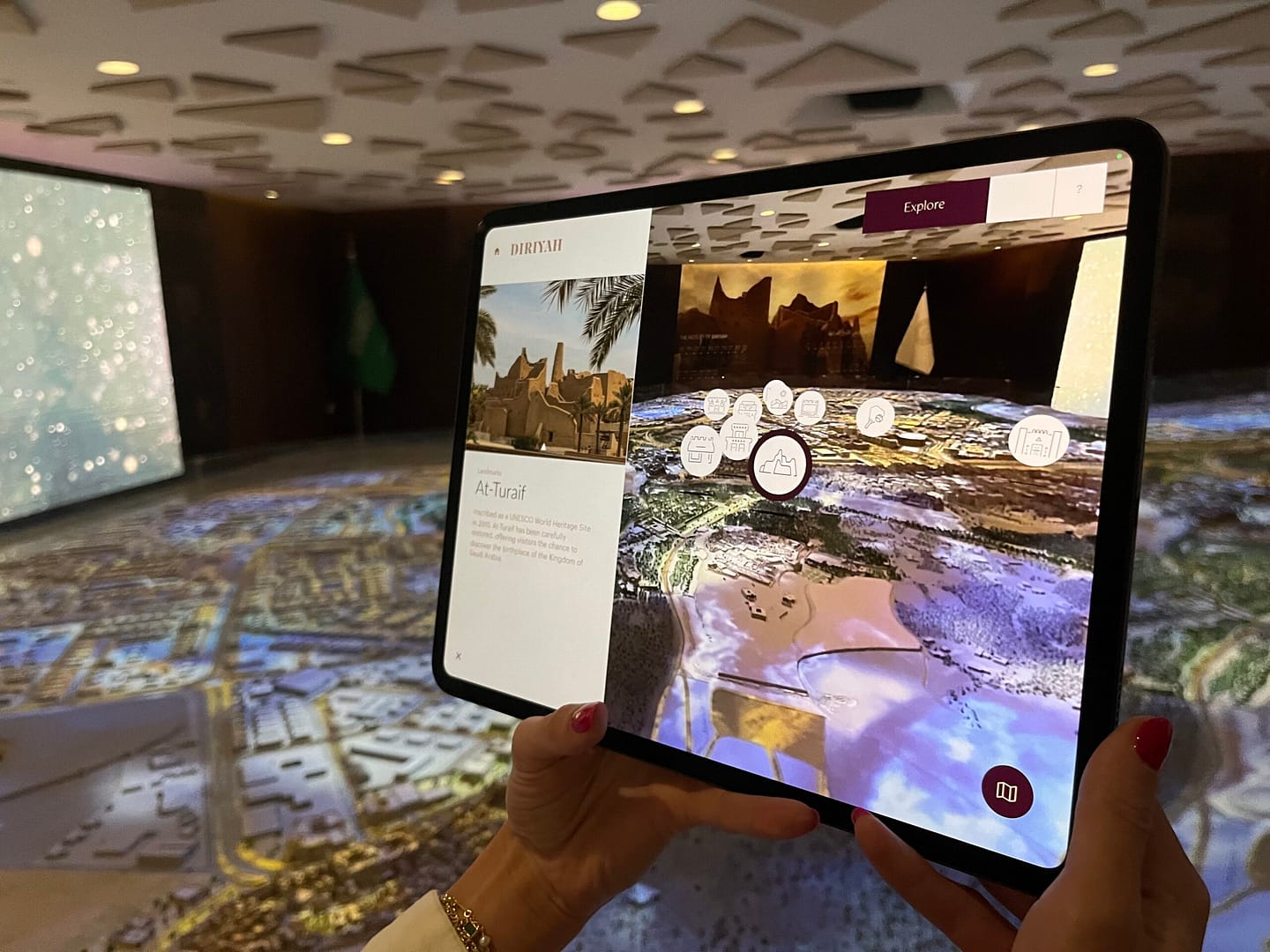
This article first appeared in Campaign written by, Sara Parrish, Strategy Director from our London studio.
For a country that practically invented pomp and ceremony, it’s surprising that London hasn’t had its own fashion-first cultural flex before now. The Met Gala has long dominated the global spotlight – part couture circus, part cultural currency machine. Until now, the UK’s calendar has had nothing equivalent. Enter: The British Museum Ball.
The weekend marked its debut – a pink-themed soirée conceived by British Museum director Nicholas Cullinan as London’s match to the Met. The 800 or so guests were asked to come dressed in “any pink but Barbie pink” a rule that sounds more British than the invitation itself. Tickets? £2000 a head. The guest list mixed political power, fashion royalty and art-world aristocracy – all dining beside Parthenon marbles. It fitted well with the British Museum brand and was held in conjunction with the museum’s ancient India exhibition. And while this flagship cultural event was framed as a glamorous fundraising moment, it was also a mirror held up to modern Britain: part establishment, part rebellion.
Naomi Campbell subverted the pink brief by donning a Union Jack gown (what a very British rebellion). M.I.A. performed with a newly added climate critique baked into her lyrics. And outside, climate protesters reminded everyone that opulence and activism is a hypocritical conundrum.
The fashion was restrained – less theatrical and over-the-top than the Met – but that restraint might be its strength. There’s something fitting about Britain launching a gala that is not dripping in irony or excess. In this era of economic pressure, a quieter kind of glamour might feel more… acceptable. Or at the very least, more on brand.
Where the real opportunity lies is in how this all evolves. After all, it’s as much a fundraising event as an awareness-raising one. The inaugural ball was not a branding frenzy (thank god). The danger with events like this is that they risk turning culture into a sponsorship catalogue (the “Silence, brand” meme comes to mind).
Cullinan’s challenge will be to protect the museum’s credibility while letting brands in and gaining that much needed investment – but without any brand doing a spotlight, culture-crushing takeover. Still, the brand potential is definitely there. And on a scale that allows more brands to the party without having to cough up the eye-watering topline investment of full British Museum sponsorship.
At the Met Gala this year, there was Moët on the tables, American Express booths, Samsung showing its newest tech (from the side…) – all well and good. But the smarter move for brands won’t just be showing up – it will be showing up with some common sense and cultural literacy. Brands need to know their place here. Aligning with an event that’s still finding its shape gives brands a rare chance to give it some thought, and to find where they fit in, rather than steamrolling the setting with their presence. There are myriad ways to tap into the newly formed cultural moment and it’s worth taking the time to get it right.
Cullinan revealed that 70% of the ball’s attendees had no previous relationship with the British Museum, which says a lot. He’s pursuing relevance, and there’s a bigger play than pink gowns and pink champagne. It’s turning one of Britain’s most traditional institutions into a living stage for modern culture that stretches well beyond central London – where history and hype can co-exist.
As a first act, it wasn’t perfect. But it was a good start. It was a spark of what happens when Britain stops looking at the Met Gala with envy and rethinks what that version is for itself… and creating its brand variation of this: witty, self-aware and quietly world-class.



